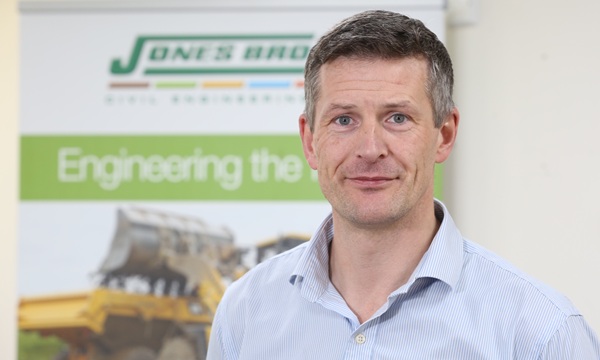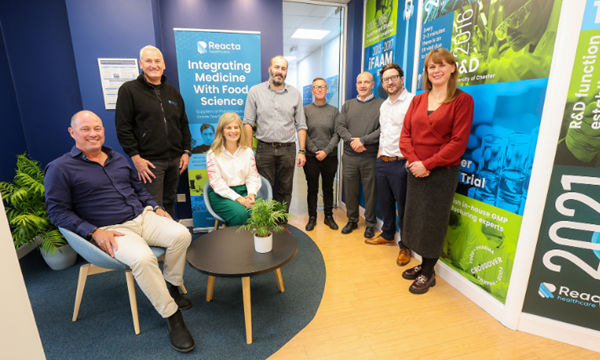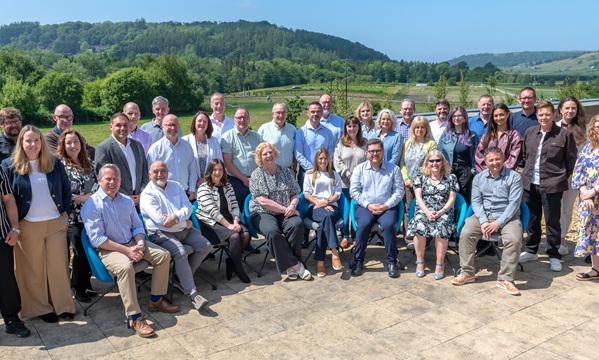
GUEST COLUMN:
Eryl Roberts
Contracts Director
Jones Bros
When the public conversation turns to power infrastructure, particularly the growing debate around undergrounding versus pylons, it’s understandable that much of the focus lands on aesthetics, cost, and public perception. But from a civil engineering perspective, the story is far more complex and grounded in on-the-ground realities.
At Jones Bros, we’re not the decision-makers when it comes to whether a project chooses overhead towers or underground cabling. Those are ultimately planning and policy decisions taken by developers and regulators. However, as a contractor with experience across a broad range of infrastructure projects, we play a key role in advising on feasibility, site constraints, and helping design solutions that fit both the land and the regulatory landscape.
What we’ve consistently found is that undergrounding high-voltage electricity cables presents far greater engineering challenges than many assume, particularly when compared to installing pylons.
To start with, every site brings its own unique set of constraints. Across the UK and certainly here in Wales, we’ve worked in areas with everything from difficult ground conditions and steep gradients, to protected archaeological sites, live services, and crossings over highways, rail lines and water bodies. Add to that the consideration of land use, such as whether it’s arable or grazing land and the implications for drainage and soil quality, and you quickly start to see how complex even the early planning stages can be.
One often-overlooked issue is the sheer scale of the land required. Underground cabling demands a wide and continuous service corridor. That means building a haul road, typically for the full length of the route, to allow plant and materials to be transported and installed. This is a substantial temporary construction effort in itself, and not one easily reconciled with existing land use or environmental protections.
Once the haul road is in place, the excavation begins. The standard method involves digging a trench, usually to around 1.5 metres in depth, before placing bedding materials, ducts for the cables, thermal sand, and then backfilling the trench. This process must be repeated across the entire route. In sensitive or congested areas, such as under highways or near Network Rail assets, we have to use directional drilling, which is a highly specialised and significantly more expensive technique.
In addition to the direct civil works, we must also account for temporary drainage systems, protection for existing utilities, sediment control, and strict environmental safeguards. Each of these measures is based on surveys and risk assessments carried out before a single spade hits the ground.
Then there’s the matter of long-term maintenance. Once buried, any future fault in the cable route means disturbing that land again, often significantly. Access challenges and the time taken to identify and fix issues can’t be ignored when looking at overall system resilience.
None of this is to say undergrounding is never appropriate, it can and does make sense in some settings, particularly in urban areas or sensitive visual landscapes. But what I would caution against is the notion that it’s always the better or simpler option.
As contractors, our role is to deliver whatever solution is chosen. But we also believe that decisions should be made with full awareness of the engineering complexity, costs, and long-term implications involved. At Jones Bros, we bring that practical insight to the table, not to favour one option over another, but to ensure the right one is chosen for each unique project.
Ultimately, the best outcomes come when technical realities are given the same weight as political and public sentiment. Because delivering a secure, resilient and sustainable energy system for the future will require more than just good intentions, it will require the right infrastructure, built the right way.
Eryl Roberts talks about this and more in the Grid podcast episode The Cost of Electrification – Technology vs Inaction. Listen to the podcast here.














